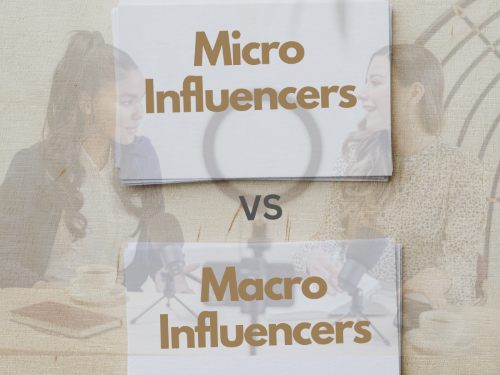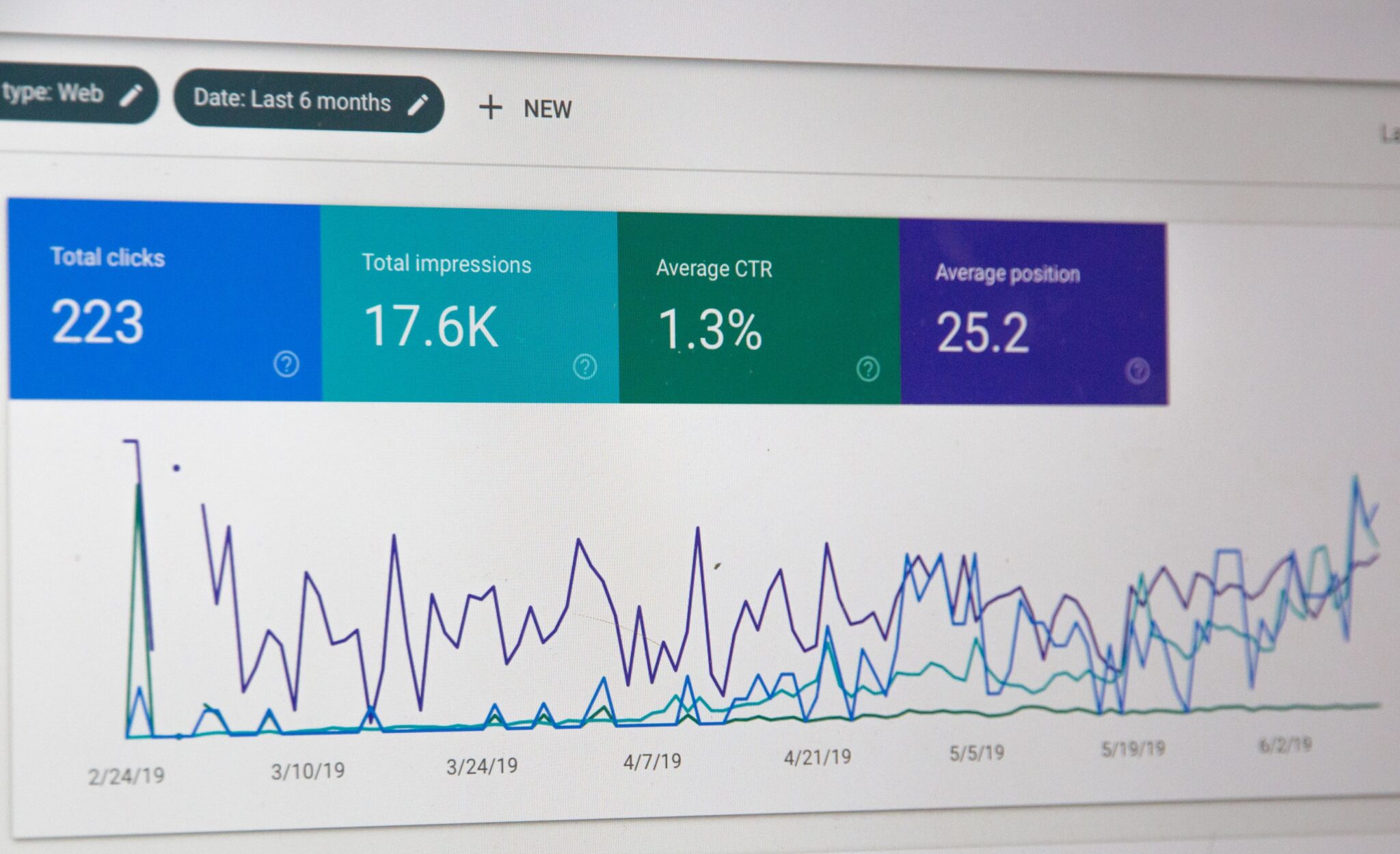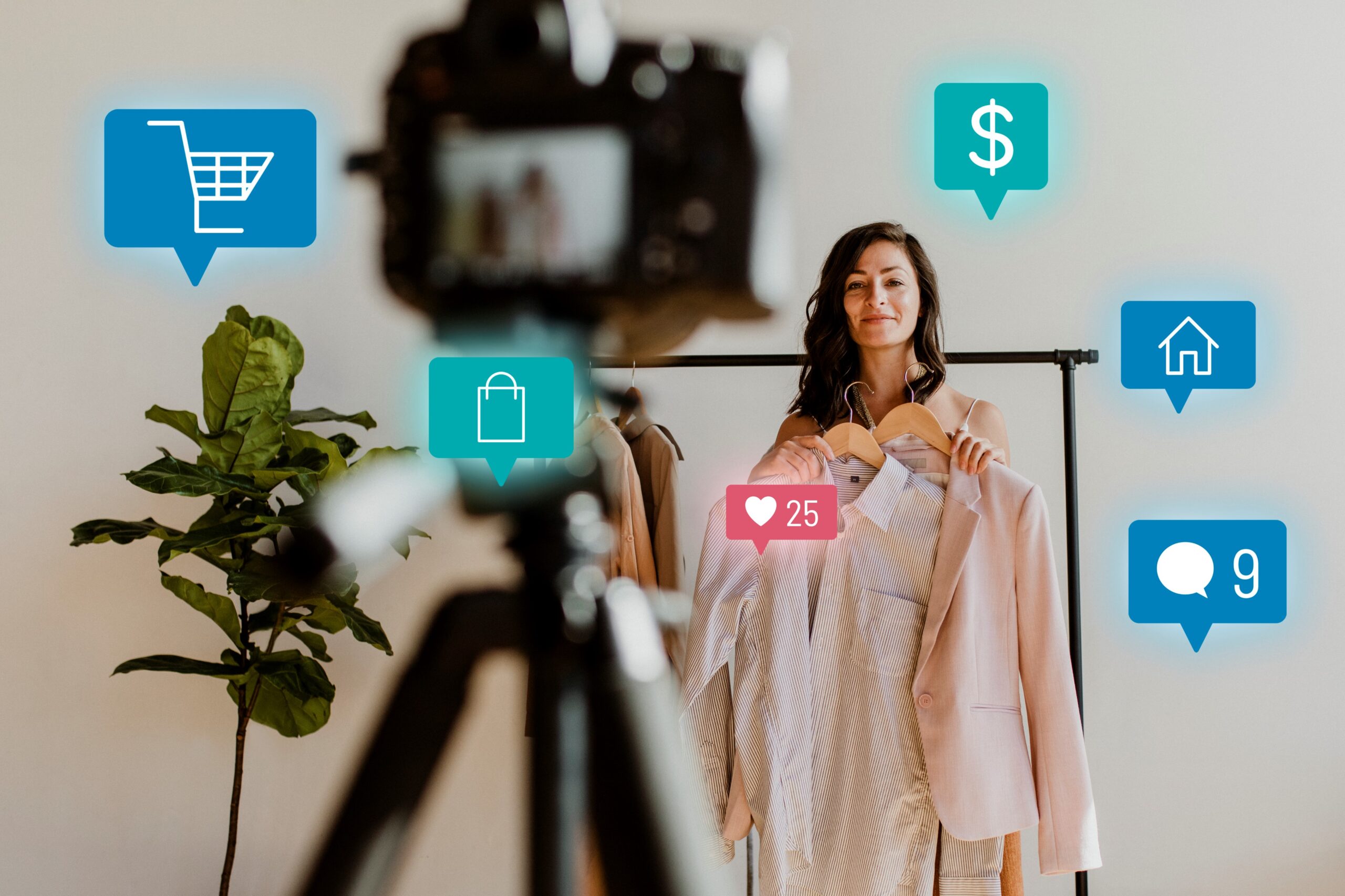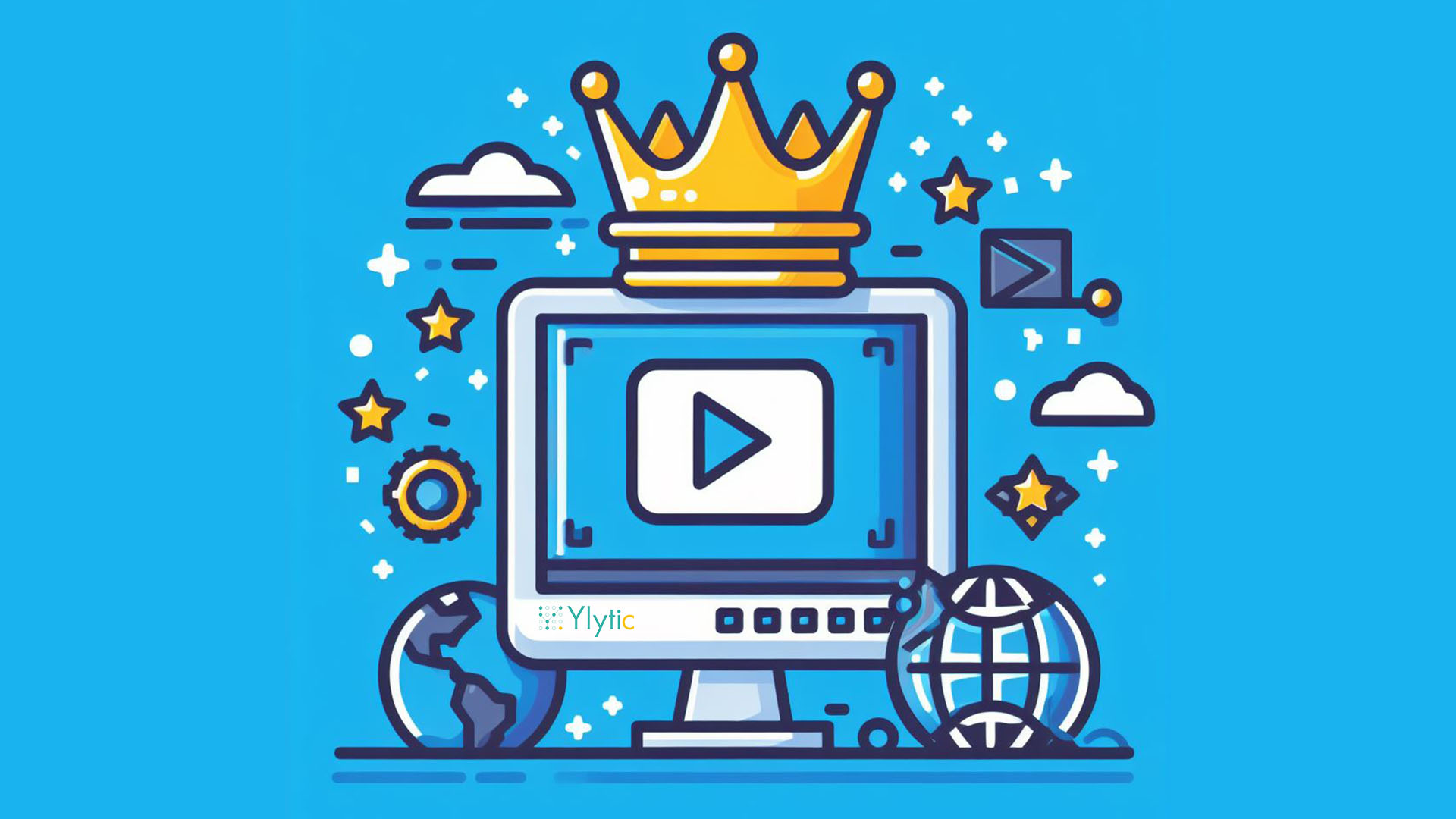Introduction
Influencer marketing has emerged as a crucial tactic for brands looking to engage with their target audiences. Choosing the right influencers can make or break a campaign’s success. Finding the right fit for your brand’s personality and goals is more important than simply looking at the statistics.
Understanding Micro and Macro Influencers

Although influencers come in various shapes and sizes, two main types often dominate the scene: micro and macro influencers. Creating an effective influencer marketing plan requires an understanding of these differences.
Micro Influencers
Imagine a fitness enthusiast sharing workout routines or a foodie exploring local cuisines. These are the micro-influencers, frequently having a smaller but very involved following. Their fan base usually varies from several thousand to tens of thousands.
Micro influencers are unique because of their close connection with their audience. Their fan base is a community, not simply a collection of names. Trust is firmly established, and interactions feel personal. Micro influencers are able to drive engagement and genuinely change opinions because of this intimacy.
For example, a micro-influencer who specializes in eco-friendly living may have a smaller following but very committed followers who are looking for advice on leading a sustainable lifestyle. Collaborating with these influencers may help your company reach a more specialized audience and build real relationships that go beyond simple promotion.
Macro Influencers
Macro influences are at the opposite end of the range. Consider well-known individuals from the business, celebrities or social media stars who have hundreds of thousands or even millions of followers.
Macro influencers have a vast audience. Their content can become viral and connect with a wide range of people. Their established credibility and visibility in the digital arena make their endorsements significant.
Although their enormous fan base makes them more visible, it doesn’t necessarily translate into deeper engagement. Sometimes, the sheer volume of followers can dilute the personal touch that micro influencers excel in. Furthermore, collaborating with macro influencers tends to be more expensive.
Advantages and Disadvantages
Advantages of Micro Influencers
Authenticity and Trust: Their smaller, dedicated communities foster trust. Their recommendations are perceived by followers as genuine rather than promotional.
Cost-Effectiveness: Compared to macro influencers, collaborating with micro influencers is typically more affordable. They often welcome collaborations that involve product exchanges or nominal fees.
Niche Audience Targeting: They may be extremely valuable if your brand targets a certain niche. Their followers are precisely targeted since they have similar interests or demographics.
Advantages of Macro Influencers
Let’s now examine the advantages of collaborating with macro influencers:
Wide Reach and Visibility: Do you want millions of people to recognize your brand? Macro influencers have the power to make it happen. Their large fanbase implies that your brand receives enormous exposure.
Established Credibility: Macro influencers have built a reputation over time. Their endorsements have value and might increase the exposure and credibility of your brand.
Just as a coin has two sides, both have potential drawbacks.
Disadvantages
Despite their advantages, micro and macro influencers have their limitations:
Issues with Engagement and Audience Size:
↳ The audience size of micro influencers is somewhat smaller, which limits their immediate reach, even though their engagement is more genuine.
↳ Although macro influencers have a large reach, there may not be as deep of an engagement as there is with micro influencers. Comments and interactions might get lost in the flood of notifications.
Cost considerations:
↳ Although micro influencers are often less expensive, some may overestimate their worth and demand larger pay.
↳ Partnering with macro influencers might seriously cut into your marketing budget. It becomes necessary to identify mutual value or negotiate rates.

Risk of Controversies:
↳ Though less common, micro influencers are not immune to controversies. A misstep could affect your brand’s image if associated.
↳ Being in the spotlight draws greater attention to oneself. Macro influencers might face controversies that could indirectly impact your brand.
Finding the Right Fit for Your Brand
Identifying the perfect influencer for your brand requires a combination of strategy and gut feeling.
Specify Campaign Goals and Target Audience: Know your goals. Is there more engagement, product promotion, or brand awareness? Identify your target audience so that it corresponds with an influencer’s fan base.
Analyze Resources and Budget: Examine your marketing expenditures. Macro influencers may have a greater reach, but make sure the price meets your return on investment goals.
Examine Influencer Relevance and Alignment: It’s not just about follower count. Evaluate the content, values and engagement of an influencer. Make sure their persona fits your brand and that their audience corresponds with your target demographic.
Examples & Case Studies: Examine effective partnerships in your industry. Case studies shed light on what works and what doesn’t. Examine their strategies and adapt them to meet your brand’s goals.
Strategies for Collaboration
Leveraging Micro Influencers
Establish Relationships: Have genuine conversations with micro influencers. Develop connections before proposing collaborations. Comment on their posts, share their content, and gradually introduce your brand.
Creative Campaign Ideas: Micro influencers are driven by innovation. Promote collaborations that enable them to highlight your product or service in their own distinctive way. User-generated content or exclusive discounts for their followers can spark interest.
Leveraging Macro Influencers
Negotiating Partnerships: When negotiating, clearly state the benefits that your brand offers to macro influencers. Negotiate beyond monetary compensation; offer long-term partnerships or exclusive deals to entice collaboration.
Aligning Your Brand Message: Make sure the influencer is aware of your core values. Provide creative freedom while maintaining alignment with your brand’s core values.
Also read: A guide to launching powerful influencer marketing campaigns
Measurement and Evaluation

Metrics for Micro Influencer Campaigns
Engagement Rates: Monitor likes, comments, shares, and saves. These measurements show how well the audience is interacting with the content.
Conversions and ROI: Calculate the impact of the influencer’s promotion on sales or conversions. For an accurate assessment, use unique discount codes or trackable URLs.
Tools for Measuring Success: Utilize analytics tools provided by social media platforms or third-party tools like Google Analytics to monitor campaign performance.
Macro Influencer Campaign Metrics:
Reach and Impressions: Track the number of views and impressions the campaign generates. This illustrates the extent of the audience reached.
Brand Mentions and Sentiment Analysis: Use brand mention analysis to determine the sentiment of your audience. Positive mentions suggest a successful marketing engagement with the audience.
Impact on Sales and Brand Awareness: Calculate the total effect on sales and brand exposure. Polls and surveys can be used to compare audience awareness before and after a campaign.
Conclusion
Understanding your brand’s requirements and audience preferences is more important than choosing between micro and macro influencers when it comes to influencer marketing. While macro-influencers give broad reach and visibility, micro-influencers deliver authenticity and engagement within specialized groups. Both have advantages and disadvantages and the secret is to match your brand’s goals with their respective strengths.
You may effectively use influencers if you have clear goals, assess the significance of each influencer and use innovative collaboration strategies. Remember that success comes from resonating with your audience and creating real connections, not just from the stats.
Within the constantly changing field of digital marketing, the influencer market is also changing. In order to select the ideal influencer partners and maximize their impact, your brand must continuously review, adapt and learn from both successes and failures.
Ylytic is a game-changer in the influencer marketing space in an age where data-driven decisions open the door to successful marketing initiatives. Brands can improve influencer partnerships and ensure accuracy, relevance and successful campaigns by utilizing its sophisticated analytics and intelligence.




